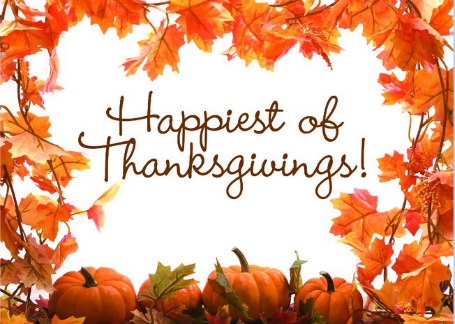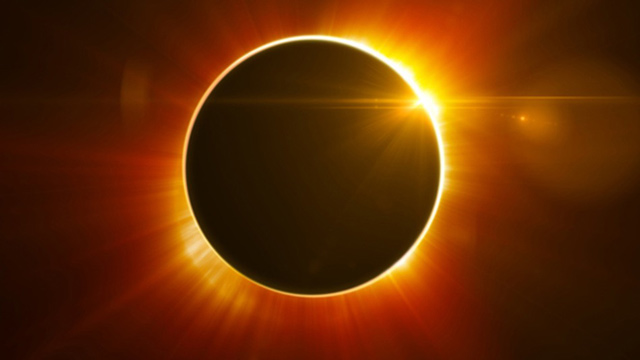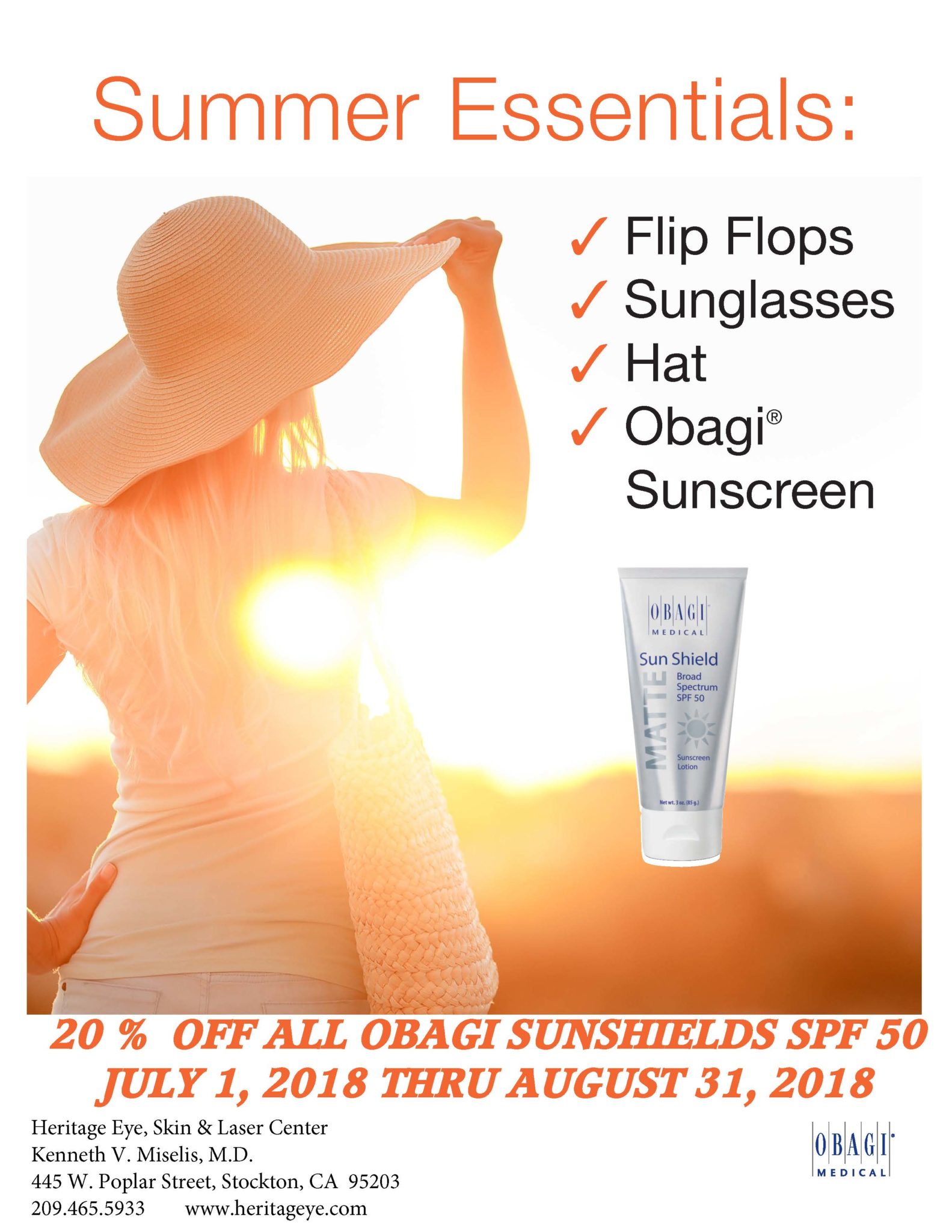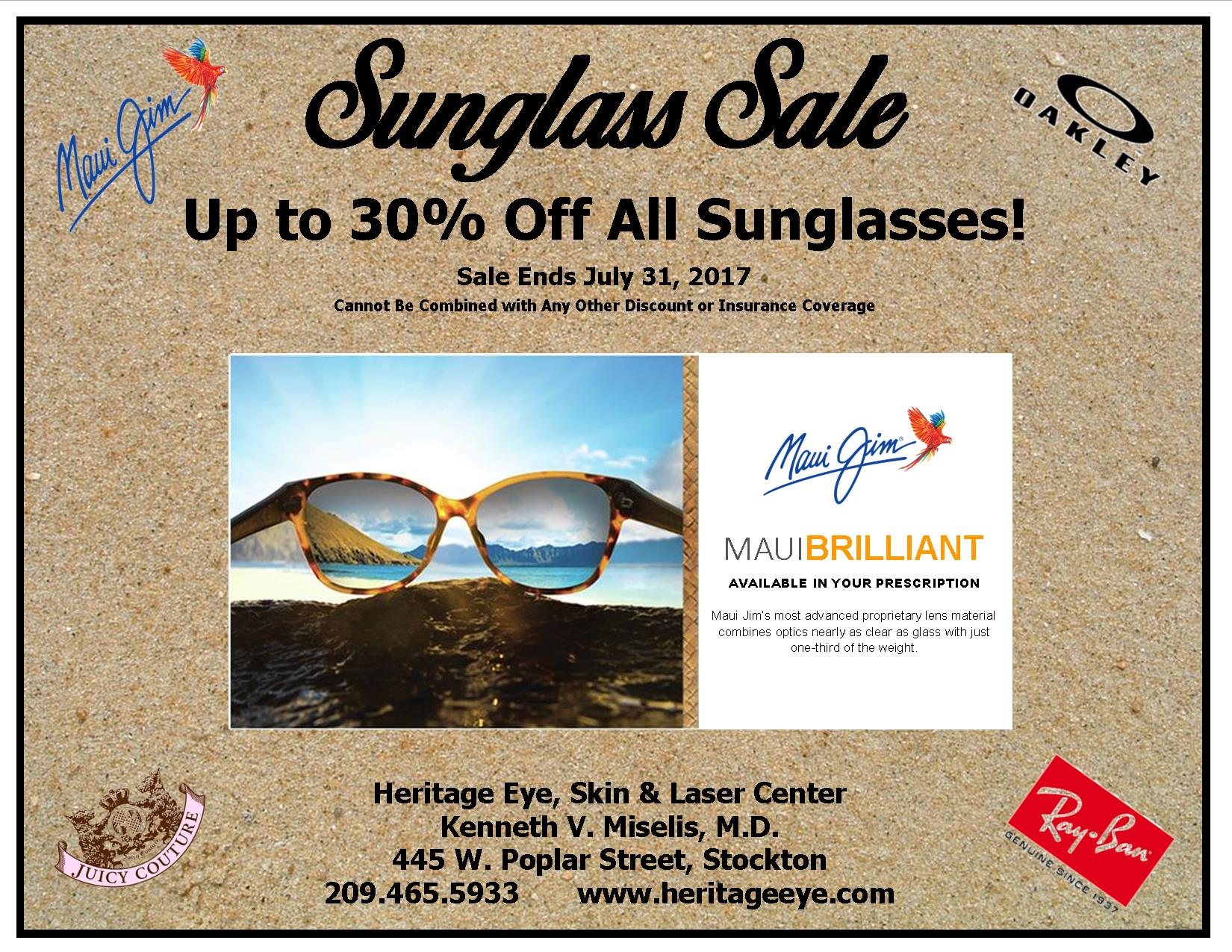

According to the Centers for Disease Control, there are nearly 800,000 work-related eye injuries each year. Every day, approximately 2,000 U.S. workers receive medical treatment for eye injuries related to or sustained at work. While vision loss is one of the 10 most common disabilities, 90 percent of eye injuries are preventable.

Why your Thanksgiving meal will satisfy your stomach and your health!
There is nothing that brings family and friends together quite like a delicious, hearty home-cooked meal. Dozens of dishes to pass along the table, funny stories exchanged over a famous secret family recipe and the collective feelings of happiness and enjoyment that engulf the end of the meal.
In America, there are plenty of opportunities for these festive feasts―winter holidays, birthday dinners, celebratory occasions. However, there is one meal that takes the cake when it comes to delicious food and good times spent with great people―Thanksgiving.
This meal brings together people from all across the country to sit down and enjoy some of the most delicious, drool-worthy Thanksgiving classics: Yams, pumpkin pie, stuffing, honey-baked ham, mashed potatoes and gravy and, of course, turkey. Just thinking about these delectable dishes is enough to make your stomach growl and your eyes grow large. After all, Thanksgiving is the one time of the year where you can guarantee your eyes will be bigger than your stomach.
However, once the meal is over and you have eaten more food than is comfortable, do not feel guilty about all of those plates and side dishes that you consumed. There are many health benefits that come with Thanksgiving dinner, especially when it comes to your eyesight and vision health. Here are just a few classic Turkey Day dishes that will leave your eyes searching for more:
Sweet Potatoes
This delicious, savory dish is a favorite of children and adults alike (especially when you add a little brown sugar and toasted marshmallows to the recipe… yum!). However, it doesn’t just satisfy your taste buds. These hearty potatoes are packed full of nutrients, including vitamin A, potassium, vitamin C and vitamins B5 and B6.
Vitamin A is an essential nutrient for good optical health and helps to stop the process of macular degeneration and age-related problems in the cornea and retina. Vitamin C also aids in the process of this, while also helping to reduce your risk of developing cataracts.
Turkey
No Thanksgiving is complete without a delicious turkey in the center of the table. Luckily, this holiday classic is loaded in zinc, which offers many different benefits for our vision. Not only can zinc significantly reduce the risk of advanced age-related macular degeneration (AMD) and its associated vision loss, but it also has a significant effect on the development and progression of cataracts. Turkey is also considered a good source of vitamins B3 and B6.
Cranberries
Whether you include this delicious berry into your pies, your side dishes or atop your turkey, this beneficial fruit can help to protect your eyes from many different types of eye conditions. For instance, the nutrients vitamin A and vitamin C in cranberries helps to prevent cataracts and MAC, conditions which both result in dangerous vision changes or even vision loss.
This Thanksgiving, whether you plan to spend the day relaxing with your family, watching some holiday football or gearing up for the chaotic Black Friday sales, be sure that you leave plenty of room in your time and schedule for your Thanksgiving feast. Consuming these classic Turkey Day concoctions will not only keep your stomach full and satisfied, but will also help promote healthy eyes and vision for many holidays to come .
.

This fall, trade your traditional pumpkin pie for this lighter dessert. Filled with beta-carotene, it will nourish your eyes and satisfy your sweet tooth.

Pumpkin Mousse
(serves 4)
1 cup pumpkin puree from can (240g)
1/2 cup plain 0% or 2% fat Greek yogurt
1/2 cup maple syrup
1/4 cup freshly squeezed orange juice
1 envelope gelatin
1/4 cup whipping cream, very cold
zest of one orange
1/2 tsp mixed spice (cinnamon, clove, nutmeg, ginger)
- Put medium bowl in freezer.
- In a large bowl, mix pumpkin and yogurt, using a whisk.
- Sprinkle gelatin on orange juice and let sit for about three minutes, just enough time to get maple syrup ready.
- Bring maple syrup to a boil on medium-high heat in a small sauce pan, stirring constantly.
- Pour boiling maple syrup over orange juice and stir until gelatin has melted.
- Pour maple syrup mix into pumpkin preparation and mix well, using a whisk.
- Add orange zest and spices; stir to combine.
- In chilled bowl, whip cream to firm peaks, using a hand mixer.
- Use your mixer to whip pumpkin mix for about one minute.
- Fold whipped cream gently into pumpkin mix, using a spatula.
- Ladle into serving cups and chill in the refrigerator for two to three hours, until set.

Fall Eye Care Tips
Fall is a time for changing weather, changes in allergies, and starting a new grade level in school. Protect your vision and eye health this fall with these seasonal tips.
Vision Screenings vs. Exams
The vision screenings children often receive at school are not the same as a comprehensive eye exam. Vision screenings are just that – screenings. Start the school year right by scheduling a comprehensive eye exam for your children – and yourself!
Wash Your Hands
Stay healthy by washing your hands frequently and avoid touching your eyes to prevent the spread of the flu and eye-related illnesses like conjunctivitis (pink eye).
Keep Rockin’ Your Sunglasses
Even though the season has changed, keep wearing your sunglasses. When it is cloudy or overcast outside UV rays can penetrate cloud cover, in fact on a day that is slightly overcast, UV levels are about the same as on a clear day.
Fall Eye Allergies
Fall can stir up a myriad of eye allergies, most of which are airborne, including pollen, mold, dust, and pet dander. If you can, try to avoid what is causing your eye allergies. You can also wear sunglasses and drive with your windows closed to help shield your eyes from allergens
Eye Safety First!
Remember to wear eye protection while cleaning, cooking, doing yard work, or working in the garage. Half of all eye injuries occur when doing these everyday chores, and 90 percent of all eye injuries are preventable by wearing the proper eye protection, according to the American Academy of Ophthalmology.
Make Halloween a Treat
Save Yourself a Frightful Trip to the Emergency Room this Halloween.
- Wear the proper eye protection while you and your children are carving and decorating pumpkins.
- Costumes and accessories can harm eyes. Be aware of fake fingernails, broom sticks, swords, light sabers, and magic wands. Talk to your children about the proper way to use and hold their costume accessories.







